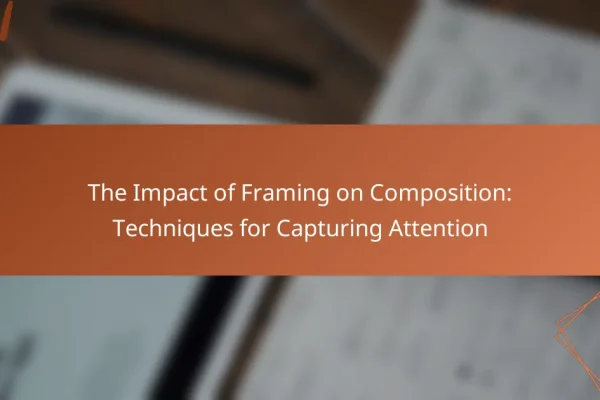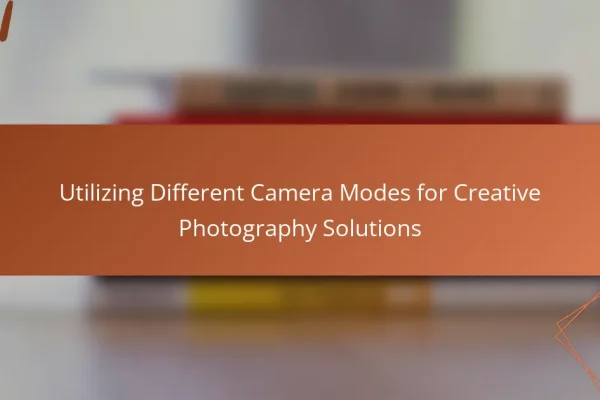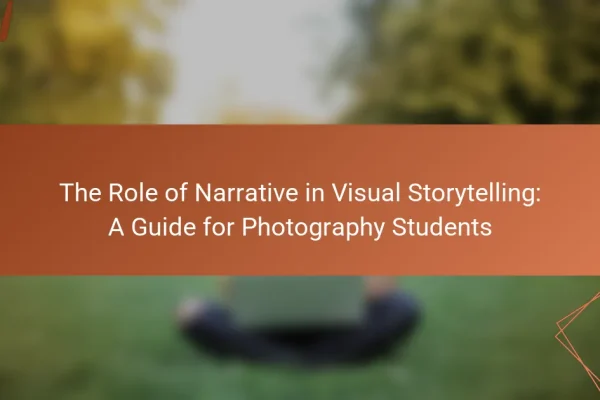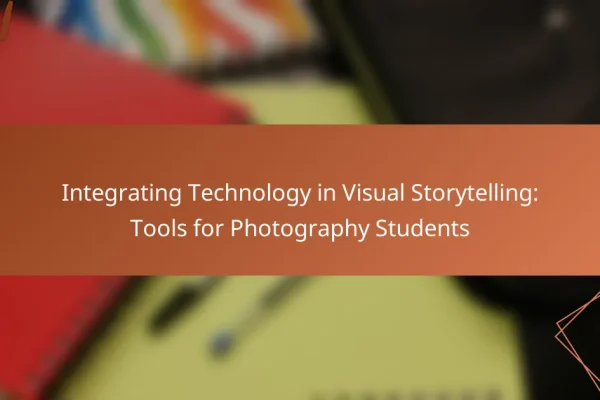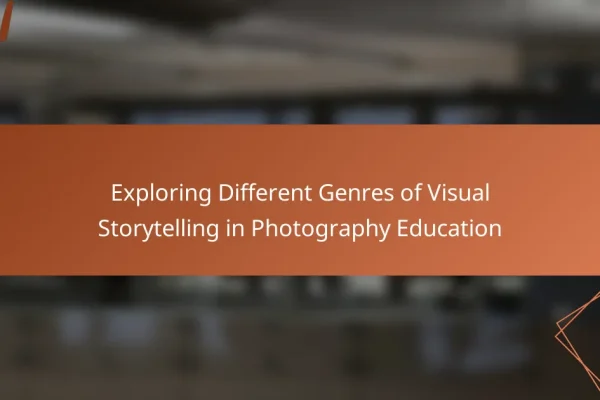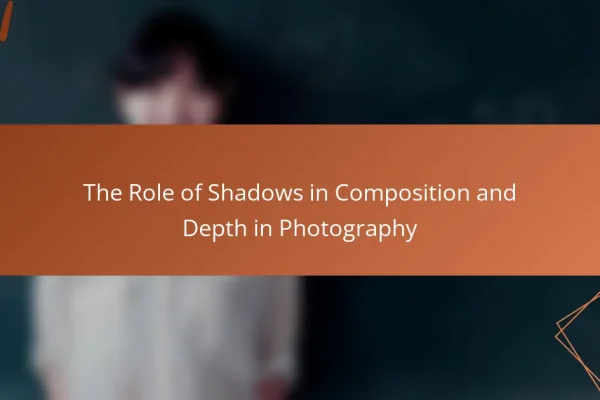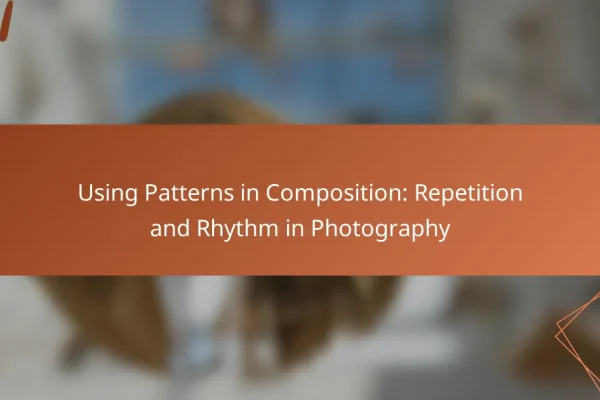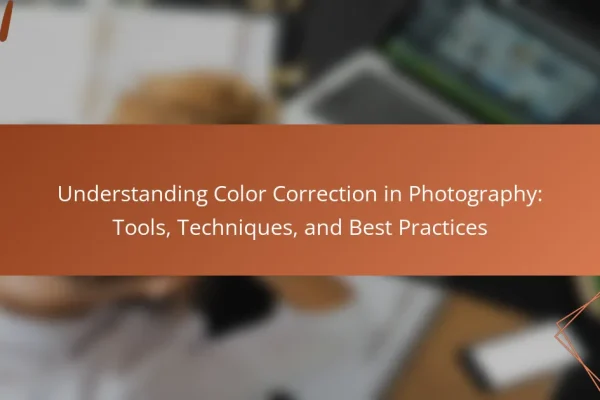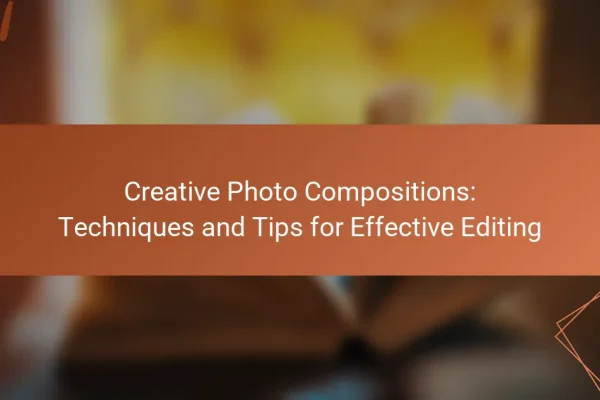
Creative Photo Compositions: Techniques and Tips for Effective Editing
Creative photo compositions are artistic arrangements of elements within a photograph that enhance visual storytelling and evoke emotions. Key techniques for achieving effective compositions include the rule of thirds, leading lines, framing, and symmetry, which guide the viewer’s eye and create balance. The article also emphasizes the importance of a consistent editing style, including adjustments…
